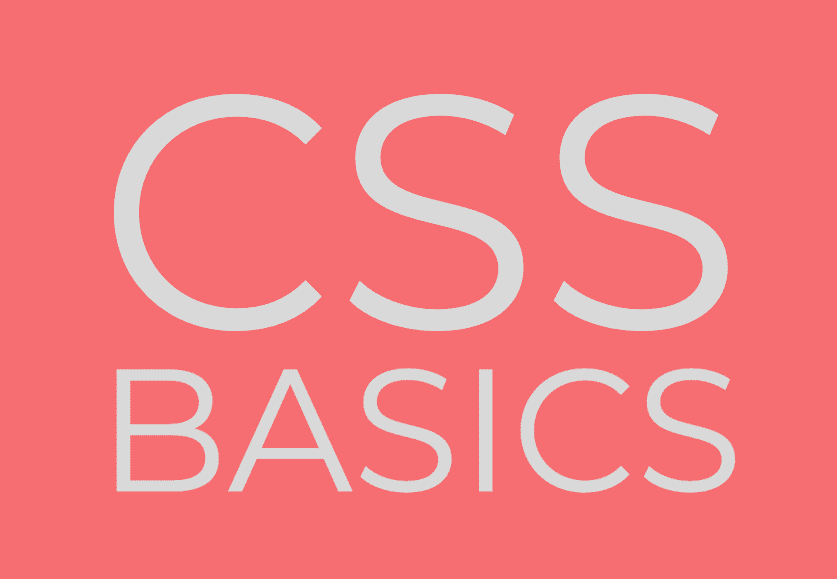When your formal schooling is over and you’ve been on the job for a year or two, it’s wise to keep up with advances in technology. Many working adults like to brush up their coding skills through self-teaching or formal classes. Before jumping into the world of coding and taking on new tech-related challenges at work, consider refinancing your student loans. You’ll free up money in your monthly budget that can be used for additional coursework or just give yourself some financial breathing room so you can focus on learning your job.
You can do two things, either set up a self-directed plan for learning how to code and refinance your education debt. The second part of that challenge is simple if you use an online student loan calculator to preview how much you could save by refinancing your education debt. You’ll instantly see what your new monthly payments would be, what your new loan term is, and what your interest rate is. An online calculator is a fast, easy way to get all the information you need about restructuring our debt. Now, on to the more complex of the two tasks, learning to code. It’s a four-step process. You’ll have the best chance of success if you do each of the steps in order and not skip any of them.
Understand Your Motives
Write down our specific motives for wanting to learn to code. Did your boss lean on you to pick up the skill? Do you want to learn to build websites for your own profit, to impress your boss, or to stay ahead of the career curve? The point is that you need to understand your motives. That’s the only way to discover what kind of computer language to study and make a coherent plan of action.
Choose an Entry Language
If you are brand new to the field, don’t opt of complex languages. Stick to one or two of the entry-level choices like HTML or CSS. In fact, they’re almost the ideal choices because they’re so universal and any tech-related job will assume you already are conversant in both. If you already know HTML and CSS, decide which of the dozens of other languages to learn based on your goals. When in doubt, speak with a techie friend about why you want to gain this skill and he or she can direct you toward the suitable language.
CSS Basics
Learning CSS basics is the ideal starting point for many professionals who want to sharpen their computer acumen and add some heft to their resumes. Know that you will need to be conversant in HTML before tackling CSS, so set time aside to do some in-depth HTML tutorials before jumping into CSS. The good news is that there are hundreds of excellent self-directed tutorials online that can get you up and running with HTML in a few weeks of lessons.
Use Free Online Tutorials
Whether you opt for the entry-level choices or go for more advanced languages, take advantage of online tutorials. If this is your first go with any of the more complex coding languages, get advice from someone who can direct you toward a reliable, free website that offers helpful courses.

